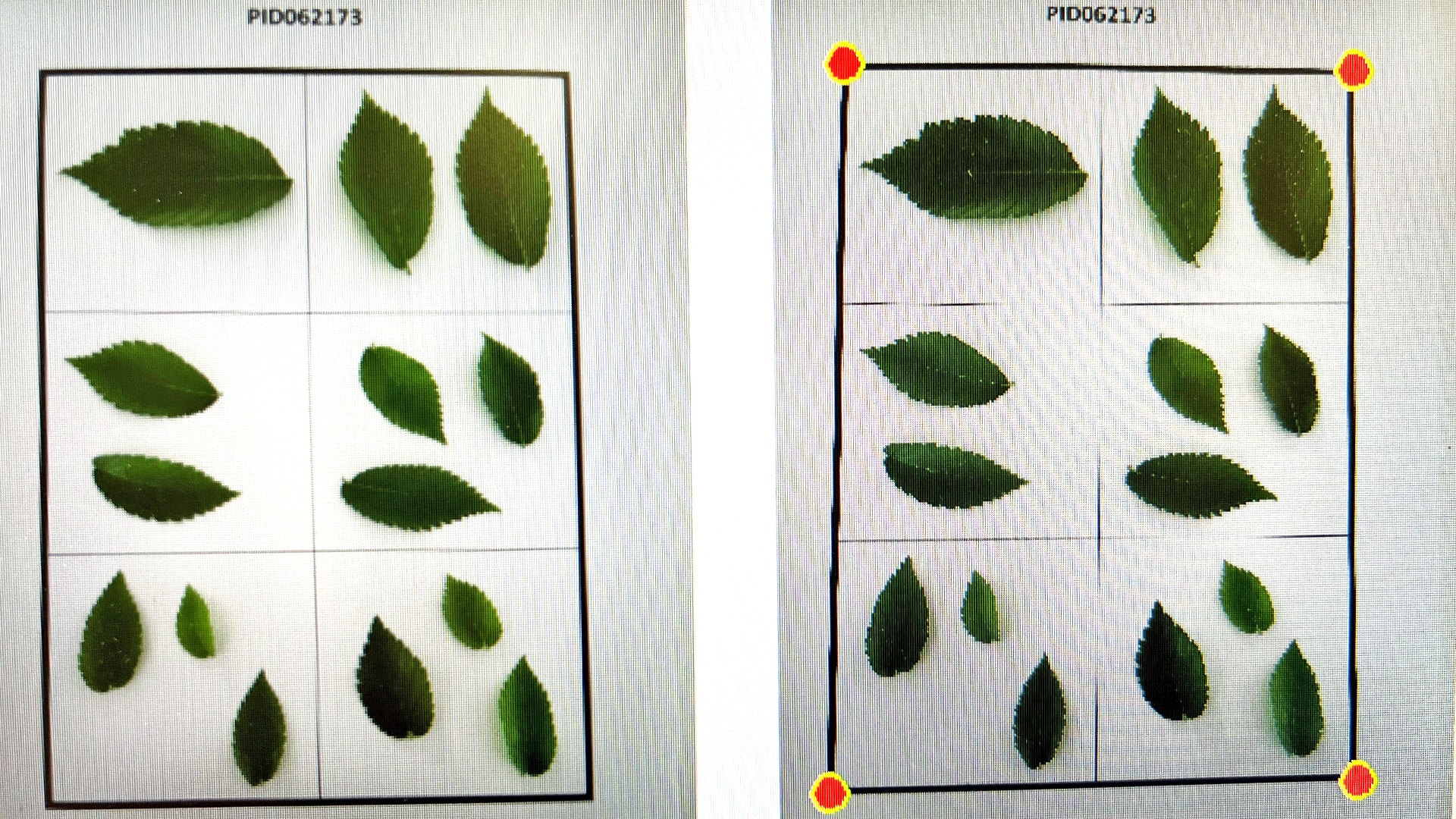Researchers working at The Plant Phenomics Group, the Australian Plant Phenomics Facility’s node at Australian National University in Canberra, have developed a system for automatically calculating leaf area for plant studies.
Research Officer in Computer Vision Dr Tao Hu has a key role developing new data platforms in computer vision and software applications for APPF.
He explained that leaf area is an essential parameter in plant phenomics and is critical for plant growth modelling and studies of plant nutrition and health, plant soil-water relations, crop ecosystems and more.
“The Image Analyzer package we’ve developed will automatically record all the important information about a set of leaves including the treatment ID and plant ID, the number of primary and secondary leaves, the total area of leaves in each category, the length, width and area of the largest leaf in each category and more,” he said.
The software was originally developed to support an ongoing research project at APPF. It was clear that automatically calculating key leaf parameters would save staff time and costs, while minimising human error.
The conventional method of calculating leaf area was to capture an image that included hand-placed annotation labels and a ruler for scale. The researcher would manually compute the scale for each image, do the segmentation, select the leaves of the same category and compute the area using an image processing application such as ImageJ.
“Using computer vision techniques allows us to automate those labour-intensive processes, saving time and therefore costs while also removing the risk of human error,” Dr Hu said.
“The new system uses a purpose-designed white acrylic board with a black pattern printed on it as a background for the images.
“Once the leaves and labels are on the board, the whole process only takes a couple of mouse-clicks and all the data is saved as an .xls file.”
Dr Hu and his team are currently exploring options for releasing the program and hopes it will be available as open-source software so other researchers can install and use it easily.
They are also developing the platform for use with hyperspectral scanners, and working on machine learning algorithms that will allow the system to calculate what percentage of a leaf’s area has been damaged by insects or disease.
We see this new technology as an important foundational enabler,” he says.
“It could become fundamental for anyone who wants to review plant leaf surface area as part of their research and could even have potential for remote plant monitoring in commercial growing operations.”
For more information contact: Tao.hu@anu.edu.au








